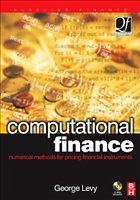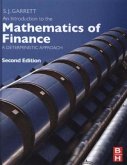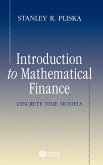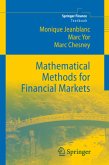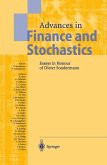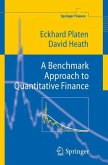Computational Finance presents a modern computational approach to mathematical finance within the Windows environment, and contains financial algorithms, mathematical proofs and computer code in C/C++. The author illustrates how numeric components can be developed which allow financial routines to be easily called by the complete range of Windows applications, such as Excel, Borland Delphi, Visual Basic and Visual C++.
These components permit software developers to call mathematical finance functions more easily than in corresponding packages. Although these packages may offer the advantage of interactive interfaces, it is not easy or computationally efficient to call them programmatically as a component of a larger system. The components are therefore well suited to software developers who want to include finance routines into a new application.
Typical readers are expected to have a knowledge of calculus, differential equations, statistics, Microsoft Excel, Visual Basic, C++ and HTML.
These components permit software developers to call mathematical finance functions more easily than in corresponding packages. Although these packages may offer the advantage of interactive interfaces, it is not easy or computationally efficient to call them programmatically as a component of a larger system. The components are therefore well suited to software developers who want to include finance routines into a new application.
Typical readers are expected to have a knowledge of calculus, differential equations, statistics, Microsoft Excel, Visual Basic, C++ and HTML.
".there are a number of books that describe the numerical methods available for solving the resultant equations in each of these areas. But the final step of coding the numerical models in a suitable environment has not, up to this point, been particularly well covered. Until now. My next choice, Computational Finance: Numerical Methods for Pricing Financial Instruments, written by George Levy and published by Elsevier Butterworth Heinemann as part of the Elsevier finance series, does precisely that. It also includes a [companion site] full of code and examples in environments including Visual Basic in Excel, C, C++, as well as more advanced environments such as HTML, XML, Delphi and C#.net. This is the first in what I expect will become a growing area, which may mean that financial engineering coders will finally be able to throw out their old copies of Numerical Recipes. One of the Top Ten financial engineering titles published in 2003-2004 " --Richard Norgate, Ph.D., FinancialEngineering News

